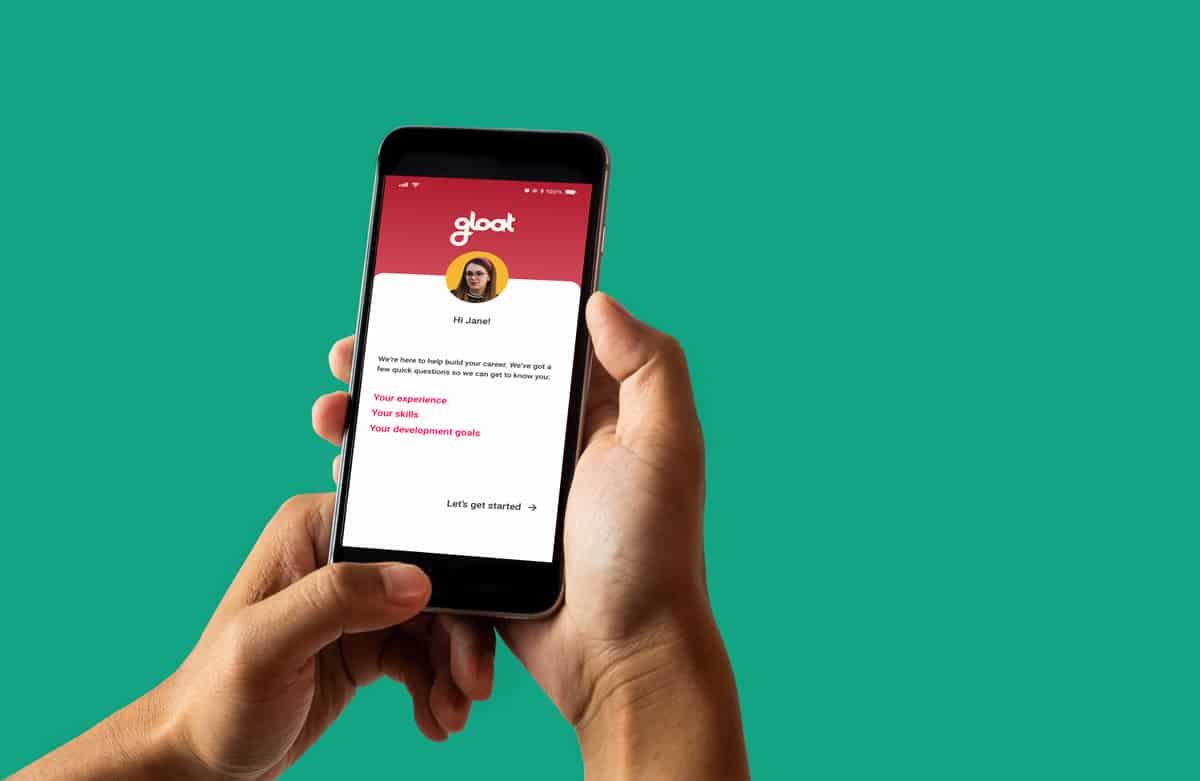Reskilling is not enough. Here’s what your employees truly need to develop
It’s not enough to simply provide your people with training. Without any follow-through that would allow your employees to use their new skills in meaningful ways, reskilling your workforce loses its impact.

We’ve covered the importance of reskilling and upskilling your workforce, both for employee engagement and organizational agility – but it’s not enough to simply provide your people with training. Without any follow-through that would allow your employees to use their new skills in meaningful ways, reskilling your workforce loses its impact. It’s therefore important to make experiential learning opportunities available alongside reskilling programs – but to ensure that these work in tandem, there are a few things that need to be taken into account.
A recent report based on joint research by MIT and Deloitte highlights the importance of experiential learning opportunities:
“The corrective, our research shows, goes beyond a greater emphasis on workforce restructuring, retraining, reskilling, and “rightsizing” efforts. For many workers, more skills — and even better experiences — without more opportunity is insufficient. If workers don’t value the opportunities they’re offered — if those opportunities don’t speak to their passion, potential, and purpose, for example — they can and will likely leave.”
But how can organizations create these opportunities, and, just as importantly, how can they make sure the right opportunities reach the right people?
Before we move on to the question of matching opportunities to people, let’s talk for a moment about the environment most employees currently inhabit.
As people grow in professional environments, they begin to take interest in subjects outside of their immediate areas of responsibility. It could be that a salesperson suddenly realizes they have a penchant for product design, or that a support agent finds that they have a lot of relevant insights for the marketing department. It’s these people that you want to encourage and help pursue their interests – not just because of the immediate benefits to their personal aspirations and the increased assistance to neighboring departments, but because this kind of interest helps promote a “think big” culture and a broader perspective of the company, its goals and its needs. When it’s time to pivot or reallocate, these people will have a better grasp of what, how and why these decisions are being made, and will be in a better position to contribute to company-wide efforts.
But there’s more to it than that.
If you want to keep your employees proactive and engaged, and help your organization thrive – you have to make sure that you’re creating the right sort of opportunities and experiences for them.
Different Experiences for Different Reskilling Needs
Once you’ve committed to creating experience opportunities for your employees, you’ll find you have several types of opportunities, each serving different needs. These are also known as stretch assignments – assignments meant to “stretch” the abilities of employees further.
Gigs (or short-term projects) – In recent years terms like “gig-work” and “the gig-economy” have become increasingly popular. While they usually refer to noncommittal freelance jobs like delivery or ridesharing which can be picked up and left at weill, more and more organizations have started to create internal gig opportunities for their employees, in which they’re free to spend a certain amount of time on short-term projects regardless of their predefined role within the company. This format allows employees to try out different roles and vocations in a non-committal setting, and is perfect for creating learning experiences that are, on the one hand, low stakes, but on the other, have huge potential for innovation and experimentation.
Job Mobility – This is probably the most familiar experiential learning opportunity in traditional workplaces. By allowing employees to “migrate” to different full-time positions within the company, individuals who’ve been reskilled get to contribute to the organization in a different position from the one they started out in, and gain new experience and insight through this process.
Mentoring – Successful mentorship programs allow different members of your organization to share their accumulated knowledge and experience. Through these meetings, reskilled employees can discuss and explore the new skills they’ve gained, and find novel ways to apply them.
Matching the Right Experience to the Right Person
Setting up a robust array of learning experiences is critical for the continued engagement and growth of your employees and your company, but if the people these experiences are meant for can’t easily find and access them, they won’t be much use for anyone.
To know which kinds of experiences you should be developing, you need to have an intimate understanding of your workforce; who it’s made up of, what their goals and aspirations are, which skills they already have, and what gaps they’re looking to bridge. Taking all of these into account when you match an experience to an employee is absolutely essential for these experiences to be successful.
Today, in order to gain this kind of visibility into your people, many companies have turned to AI and dedicated technology that tracks and analyzes abilities, skills and career trajectories. The real-time assessments this kind of technology enables not only let decision makers build up their workforce intelligently, they also allow immediate course-corrections and drastically increased organizational responsiveness, at scale.
Set the Stage for Change
While different experiential learning programs and smart matching are definitely required to enact change and growth within your organization, these can never truly take off if the executive backbone of your company isn’t committed to support this type of organizational transformation.
To truly reap the benefits of these experiential learning programs, managers and decision makers throughout the company must learn to see it as a top organizational priority.
Talent must cease being seen as a personal tool at the disposal of managers, and start being perceived as an organization-wide resource that needs to be tended to and developed regardless of the individual’s current position.
This pooling and sharing of resources may be a difficult transition at first, but the benefits are vast: increased workforce agility, a flexible, project-oriented mentality, and a broader, proactive perspective for all employees. Looking to the future, these are all mission-critical attributes every organization should strive for – and everyone should be onboard for this change to truly take root in a meaningful way.





